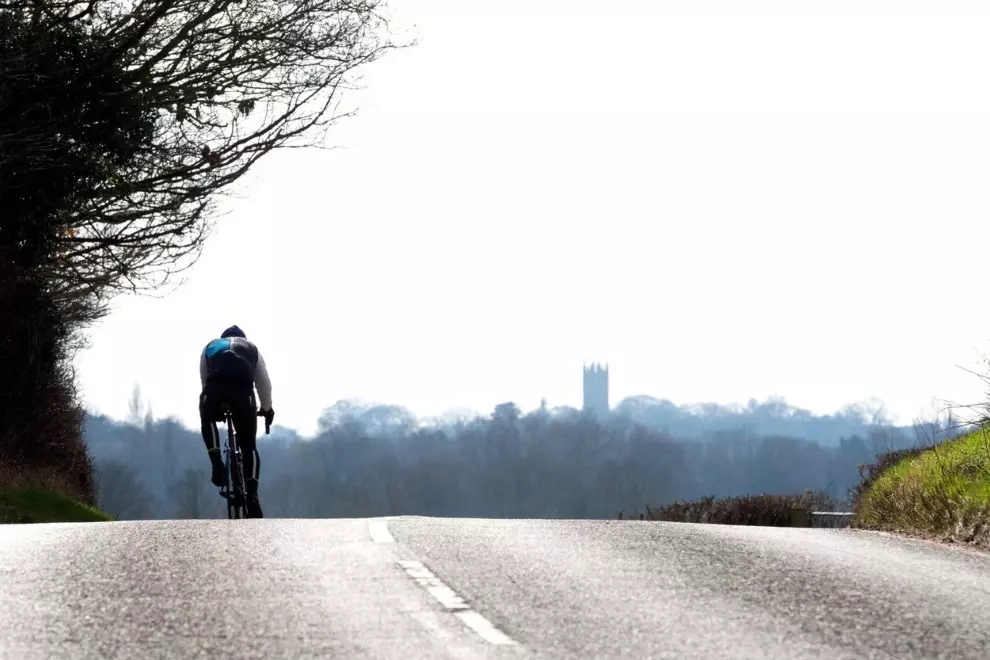How much oxygen do you need to push those watts?
Pushing pedals on the bike requires your leg muscles to contract. Contracting your leg muscles requires energy. Your muscle fibres need oxygen to create the energy (calories) from carbs and fats. Cycling economy is looking at how much power (watts) are you able to produce on the bike using a given amount of oxygen. In general, athletes with better cycling economy can generate more power from the same number of calories burned.
So, by becoming more economical you can push the same power for a lower oxygen cost per minute. Or you can sustain more watts for the same oxygen cost.
Don’t mistake cycling economy for efficiency. Economy is the oxygen cost for power output, while efficiency is the percentage ratio between mechanical work done and the oxygen cost. For example, professional cyclists are around 25% more efficient compared to recreational cyclists who may only reach around 13%. An example of cycling economy would be 2 litres of oxygen per minute at 250 watts.

Key performance determinant
When you want to estimate how successful a rider might be at the professional level, VO2 max is a popular metric to look at. A well-trained amateur cyclist would be happy with a VO2 max of around 50 ml/min/kg while Tour de France champions push above 80 ml/min/kg. But even if you take two riders with the same VO2 max their performance is not going to be the same if they have a different cycling economy.
VO2 max might be the most important factor when it comes to short hill climbs or short track races. Cycling economy overshadows VO2 max when it comes to longer events like mountain-bike marathons or long sportives.
Improving cycling economy matters
Cycling economy is not just theoretical. Research shows that it matters in real-world settings. A study looking at 14 well-trained cyclists with similar VO2 max showed that those with better economy used a smaller portion of their VO2 max capacity to reach their lactate threshold. Riding at 88% of their VO2 max, the cyclists with a better economy lasted twice as long as their counterparts.
Something similar has been documented in running as well. A study following world record holder Paula Radcliff looked at the relationship between VO2 max and race times. The study showed that over 11 years of training, Paula’s VO2 max remained the same but her running economy increased by 15 %. With improvements in her economy, her times improved too.
So, how do you improve your cycling economy? We will take a look at what type of training helps, how to improve technique and other tips in the rest of this series.




